Singaporeans react to Netflix's Street Food: Does putu piring represent us?
Advertizement
CNA Lifestyle
Singaporeans react to Netflix'south Street Nutrient: Does putu piring stand for united states of america?
CNA Lifestyle looks at the polarising reactions to the Singapore episode of the nutrient series, and comes away asking: What iv dishes could possibly do that?
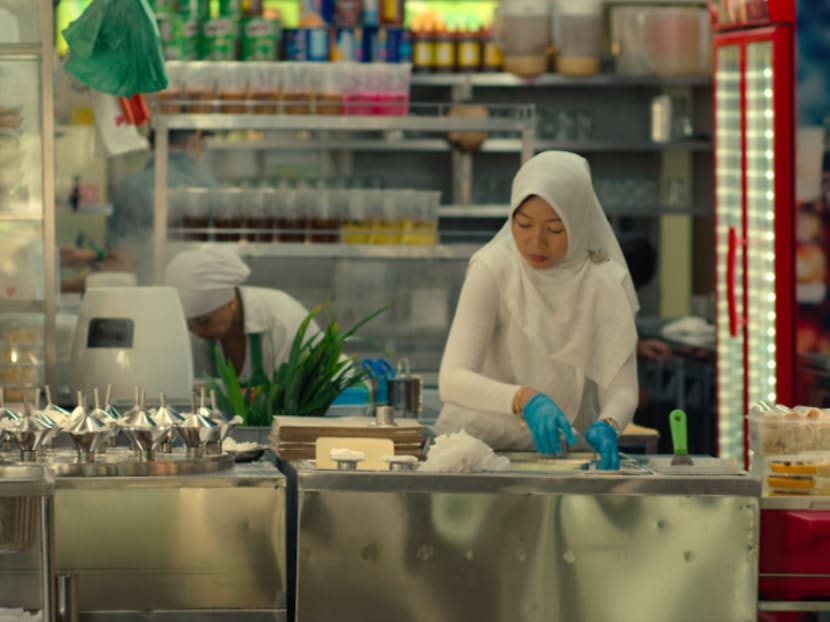
Haig Road Putu Piring in Singapore. (Photo: Netflix)
There is a particular group of culinary experts that develops and perfects the same dish over decades and never quite gets to share the same glamorous spotlight of their fine-dining counterparts.
Which might explicate why Netflix's contempo offering Street Nutrient – from the creators of acclaimed serial Chef's Table – has become one of the about talked-well-nigh food shows to emerge in a postal service Anthony Bourdain: No Reservations/Parts Unknown world.
The first season of the gastro-docu series traipses around Asia over nine episodes, inviting audiences to appreciate the traditions, cultural heritage and dedication behind the dishes constitute on street corners and in markets embedded in some of the well-nigh delicious cities in Asia.
Reactions to the series accept been polarising.
From Malaysia's feathers beingness ruffled about their chow being excluded from the list that comprises Thailand, Taiwan, Republic of korea, Vietnam, Singapore, the Philippines, Nippon, Republic of india and Indonesia; to Filipino director Erik Matti criticising the Cebu episode equally bordering on "poverty porn" and based on "bad research", Street Food has been receiving its fair share of flak on the Cyberspace.
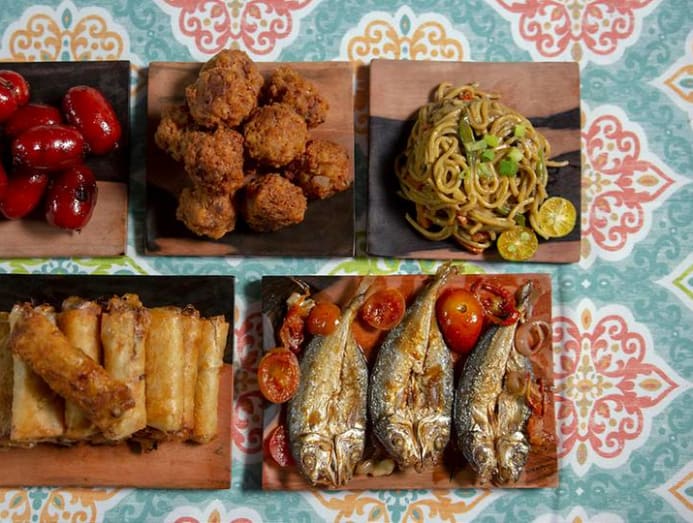
"The championship of the evidence should be 'Await At How Hard Life Is In Asia And Family unit Is Important'," reads 1 Reddit comment. "Exploitative" and "effort-hard" are other reactions online.
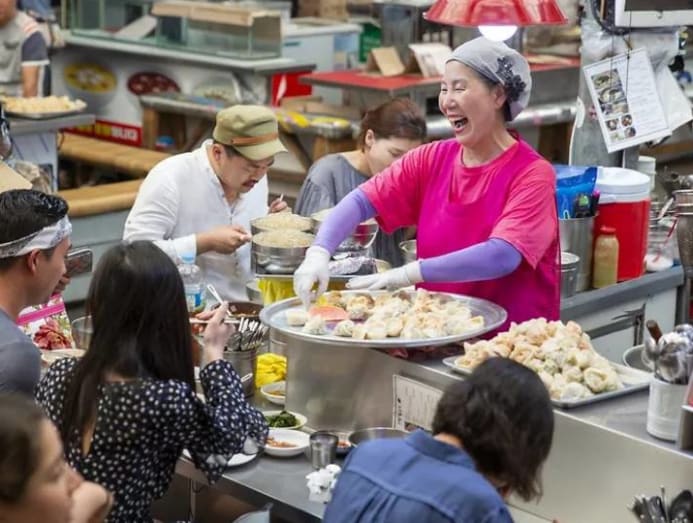
Some Singaporeans CNA Lifestyle spoke to likewise expressed thwarting, lamenting that the nutrient choices made in the Singapore episode were not entirely representative of the local hawker civilization.
The episode featured the late Chief Tang's Wanton Noodles, KEK Seafood's Chilli Crab, Sin Kee Famous Chicken Rice and Haig Road's Putu Piring.
Aisha Hashim, 1 of the few Singaporean hawkers still making putu piring (steamed rice cake filled with melted palm saccharide and topped with shredded coconut) was the lead Singapore story.
Viewer Steven Liew felt that the series was poorly researched and was surprised that information technology chose to focus more on the owner of the business rather than the food that they sold.
"I honey putu piring, simply is information technology synonymous with hawker food in Singapore?" he said. "The focus on the bell-ringer wasn't even on their recipes, or what fabricated them stand out."
"In that same Singapore episode, there were the two brothers, and they were shown cooking, but I accept no idea what they were preparing. In the terminate, the show is less about the nutrient or civilization, but more than on the sacrifices and challenges faced by these hawkers."
For Robert Goh, information technology was a missed opportunity to evidence the world what Singapore street nutrient is actually like. "Putu piring does not come peak of heed when we talk nigh Singapore street or hawker nutrient," he told CNA Lifestyle. "Yeah, the other choices of chilli crab and craven rice for sure [is representative of Singapore cuisine]... I was thinking mee pok noodles instead of wanton mee would be more Singaporean, no?"
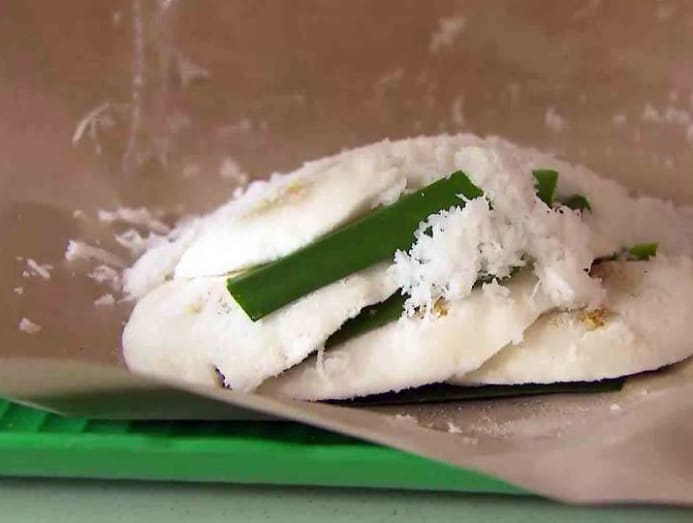
At that place are, however, Singaporeans who not but enjoyed the focus on a lesser-known Singaporean dish like putu piring, simply as well appreciated the homo stories behind the food.
Lina Rahim told CNA Lifestyle she was touched by Aisha Hashim's story, even though putu piring, she said, nigh never comes to listen when you lot think of "Singapore nutrient".
"Perhaps if information technology started with, say, nasi lemak, then peradventure it won't be so divisive?" she said. "Anyway there'south no such thing as a perfect representation of Singapore food and it was nice that we saw a dish beyond the usual fare."
For Lina, who is an avid fan of food shows, it was all nearly the stories.
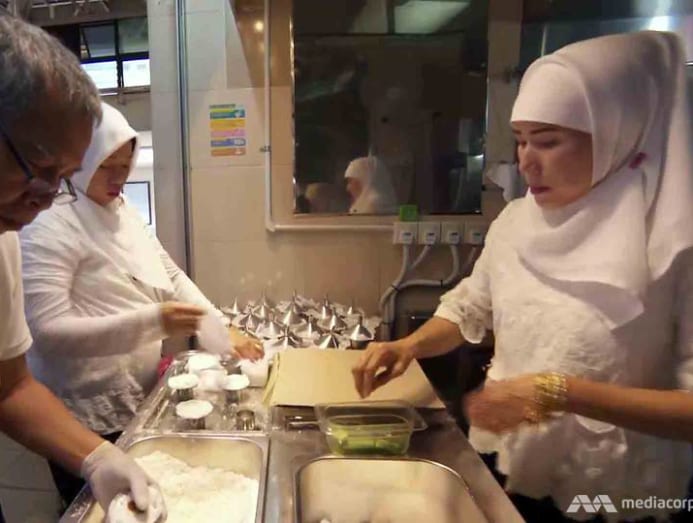
"I recall the series chose people who had interesting stories to tell, and the putu piring story was touching," she said. "It was about how she sacrificed her own dream of beingness a pastry chef to take over her parents' business. What could be more Singaporean than that?"
"[The synopsis of the evidence] said it was about street food and the people who make them after all," added Lina. "The Ho Chi Minh episode was nigh a lady who cooks snails. The pho was secondary."
Gold 905 radio personality Denise Tan – who helms the Lunchtime Jukebox show, as well as the station'southward weekly food guide segment Makan Kakis – thinks that the polarising reception to the Singapore episode could be attributed to the fact that Singaporeans might come up with "a sure expectation and shorthand with the street food scene in Singapore".

Tan enjoyed the focus on putu piring – especially for its backstory. "I think that the running theme throughout Street Food is having to go into this job out of necessity and hardship. It's as well about carrying on for the next generation."
"For the Singapore episode, considering our street food culture is actually hawker centre civilisation, in that location's less of the emphasis on struggling to make ends meet and more than on how are nosotros going to sustain our food heritage and culture."
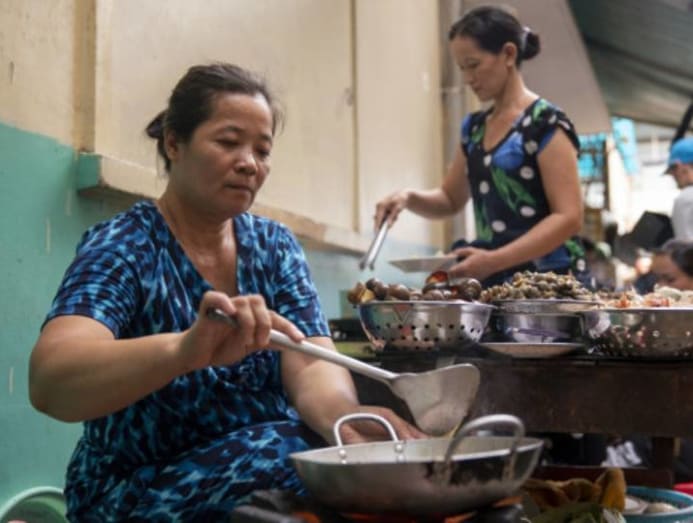
With a plethora of proudly-local dishes Singapore has to offer, perchance the question is this: What is an authentic representation of bell-ringer food in multi-cultural Singapore? Would any four dishes assembled on television attain that?
"I call up that the ane thing nosotros have to keep in mind is that I don't think any of the people from all the unlike countries watching are thinking, 'Yes, this is exactly representative of our country's street food scene' either," said Tan.
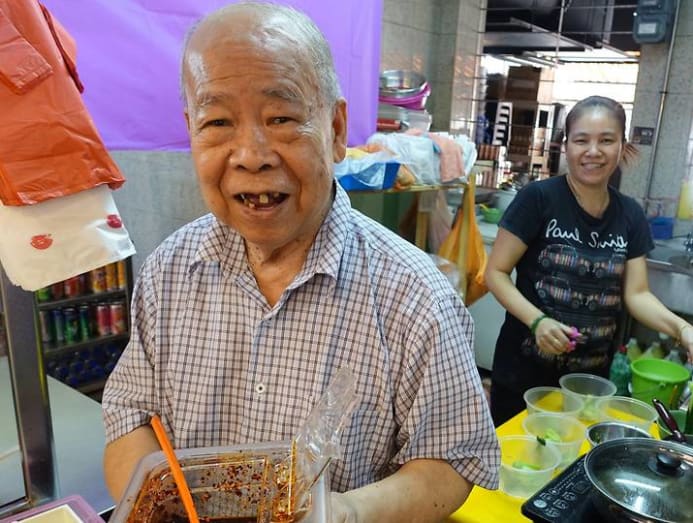
"I don't call up you're ever going to please anyone because at that place are too many places, also many areas, as well many types of food for one to be fully representative of whatever country's street food scene."
Then while the series may not give a complete sweep of a metropolis'south authentic street fare in xxx minutes, peradventure we should consider what it offers: Making the usually invisible, visible for the world to see. Whether it may be someone'due south backstory or a city's disappearing cuisine.

0 Response to "Singaporeans react to Netflix's Street Food: Does putu piring represent us?"
Post a Comment